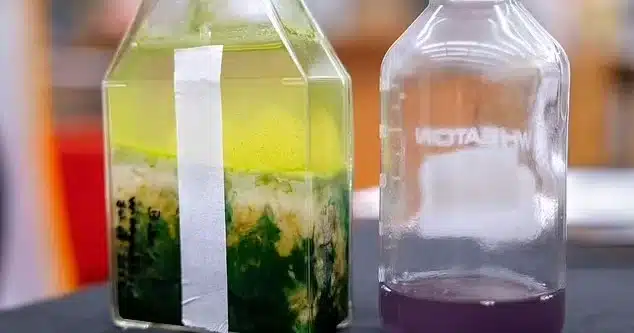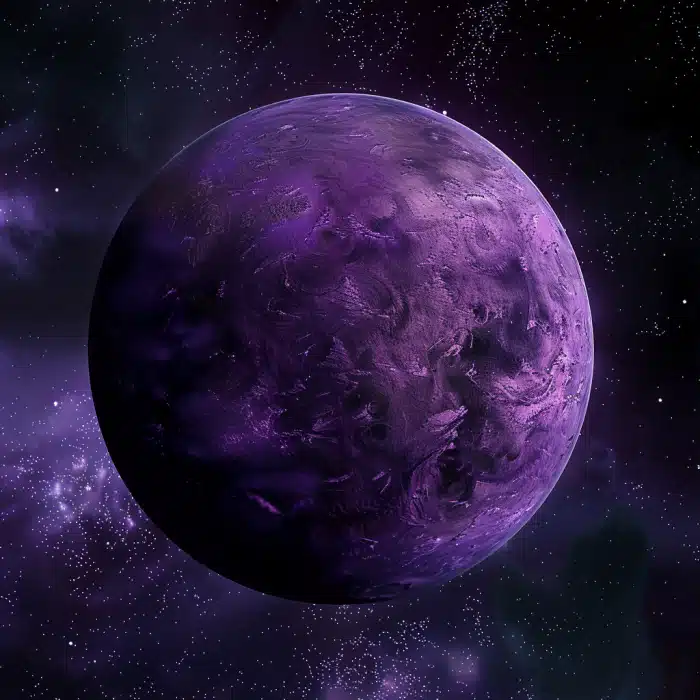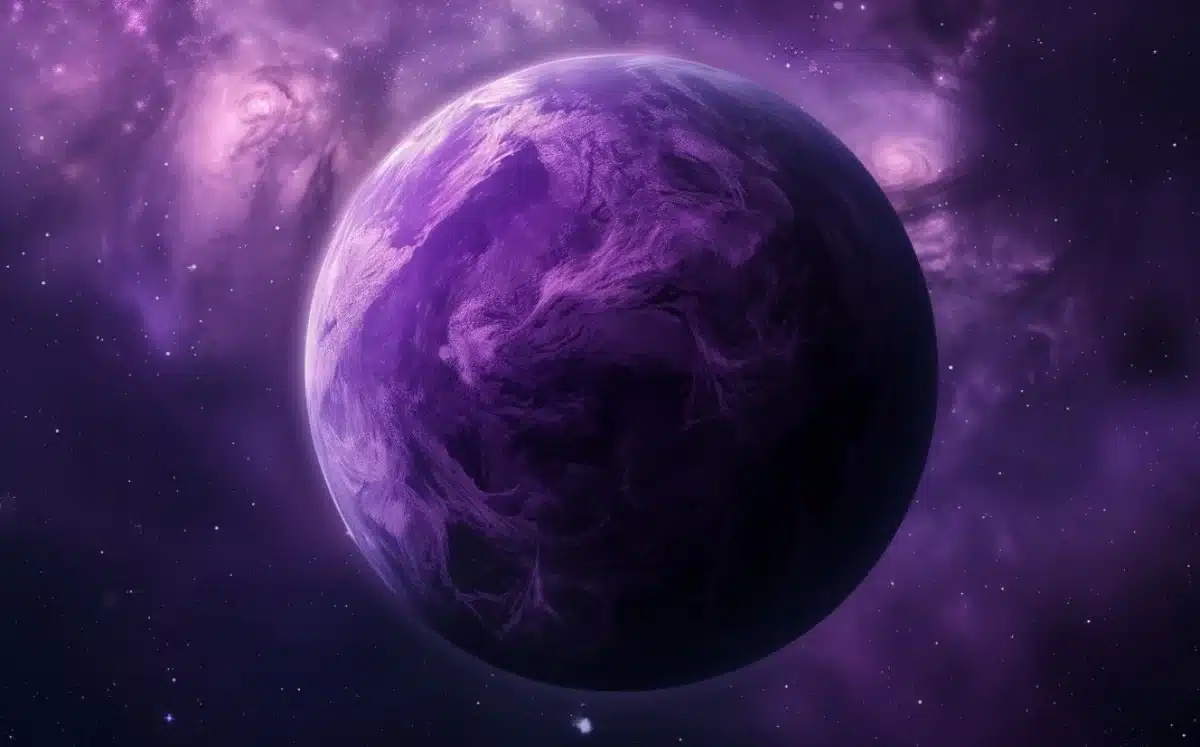Scientists think they have made major progress in search for alien life
- Scientists are looking for new ways to intercept and find alien life
- A new study shows that, in space, purple is the color to look for
- This is because a certain type of bacteria capable of photosynthesis gives off a purple hue
Published on Apr 18, 2024 at 6:14 PM (UTC+4)
by Alessandro Renesis
Last updated on Apr 19, 2024 at 6:52 PM (UTC+4)
Edited by
Tom Wood
Scientists keep looking for clues and proof that alien life exists.
Every once in a while, there’s a major breakthrough that changes everything.
But then on other occasions, on a somewhat smaller scale, they discover seemingly minor details that give them (and us) hope.
That’s what happened this time.
READ MORE: NASA reveals lunar racer car that’ll transport astronauts to uncharted destinations on the Moon
Earth gives off a distinctive opaque hue that’s halfway between blue and green, and white.
Scientists believe that other planets may give off a different hue, if alien life is present, for a very specific reason.
According to a new study published by Cornell University in the US, purple is the color to look for.
We should point out that when they talk about ‘life’, they’re using that word in a very broad sense.
So they’re not talking about humanoid green things with a weird head coming from Mars, which is apparently where we’re going next, if Musk is to be believed.
Instead, they simply mean bacteria, which is one of the simplest forms of life, and therefore one that can generally always adapt and survive.



“Purple bacteria can survive and thrive under such a variety of conditions that it is easy to imagine that on many different worlds, purple may just be the new green,” said Dr Lisa Kaltenegger, co-author of the study.
Why purple?
It’s because after cataloging various colors and chemical signatures from different organisms, they discovered that bacteria that can use invisible infrared radiation to power photosynthesis are purple.

It seems that we’re trying everything we can to find alien life, after sort of forgetting all about it for decades.
There are probably two things that reignited public interest in space exploration.
The first one, in chronological order, is the ‘space battle‘ that private companies run by Jeff Bezos and Elon Musk, Blue Origin and SpaceX respectively, who are actively working with NASA, especially SpaceX.
And second, the fact India became the fourth country to successfully land on the Moon in 2023.
Side note, this particular list includes five nations now.
After the US and the Soviet Union (both in 1966), China (2013) and India (2023), Japan also did it in 2024.
Some of the images used for this article were generated using AI
DISCOVER SBX CARS: The global premium car auction platform powered by Supercar Blondie






